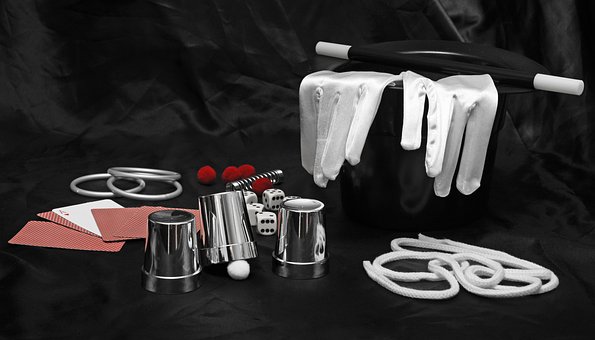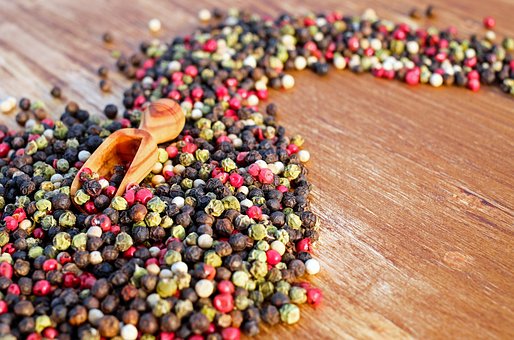 My mother was not much of a cook. Everything she made had to come out of a can or a box so my father did a lot of cooking. She never added anything to the dishes and she loved things like Hamburger helper because she just threw a couple things in a pan and voila, dinner.
My mother was not much of a cook. Everything she made had to come out of a can or a box so my father did a lot of cooking. She never added anything to the dishes and she loved things like Hamburger helper because she just threw a couple things in a pan and voila, dinner.In the late 60's and early 70s, women began entering the workforce and needed fast convenient dinners they could easily prepare when they got home from work.
Betty Crocker came up with the first dinner called Chuck Wagon Dinner which came in four flavors but required people to cook all the parts in separate pans before combining them together for the meal. It didn't do well and was discontinued until 1971 when the price of hamburger went up and Betty Crocker introduced Hamburger Helper which took one pound of hamburger, extended it so it would feed a family of five for not too much and used only one pan. It is said that 27% of Americans tried one of 5 flavors of Hamburger Helper in it's first year of release and it sold well. The five flavors were Beef Noodle, Potato Stroganoff, Hash, Rice Oriental, and Chili Tomato.
A few years later, the company used television commercials to introduce the Helping Hand character. "Lefty" as it was named caused sales to jump significantly. The product did so well, Betty Crocker launched Tuna Helper in 1972 which basically were variations of a tuna noodle casserole, 4 varieties of Fruit Helper in 1973 which combined pudding, fruit, and graham crackers, Chicken Helper in 1982 and Pork Helper in 2003.
Although three varieties of Pork Helper were introduced in 2003, it did not do well and was discontinued within a year or two. Reviews from the time state that if the instructions on the package are followed precisely, the pork ends up overcooked. In addition, Fruit Helper has also been discontinued and replaced with fruit crisps. The general feeling on Fruit Helpers is that it really didn't save any time from making it from scratch and it was discontinued due to the lack of demand.
The line of Hamburger Helpers has expanded over the years so you have 24 different varieties to choose from. Some of the newer flavors include Cheesy Enchiladas, Cheesy Hash browns, Philly Cheese Steak, Salisbury, and so many more. For Tuna Helper, you can find 5 different flavors including Tuna Cheesy Broccoli and Tuna Tetrazzini and Chicken Helper has three flavors such as Sweet and Sour Chicken, Chicken Fried Rice, and Chicken Fettuccine Alfredo.
The concept of Hamburger Helper is so popular that you can find so many recipes for the do it yourself versions including one found on Bon Appetite. I suspect everyone reading this will have memories of the product both good and bad. I know my mother used it but it never made a real impression on me. Let me know what you think, I'd love to hear. Have a great day.





















